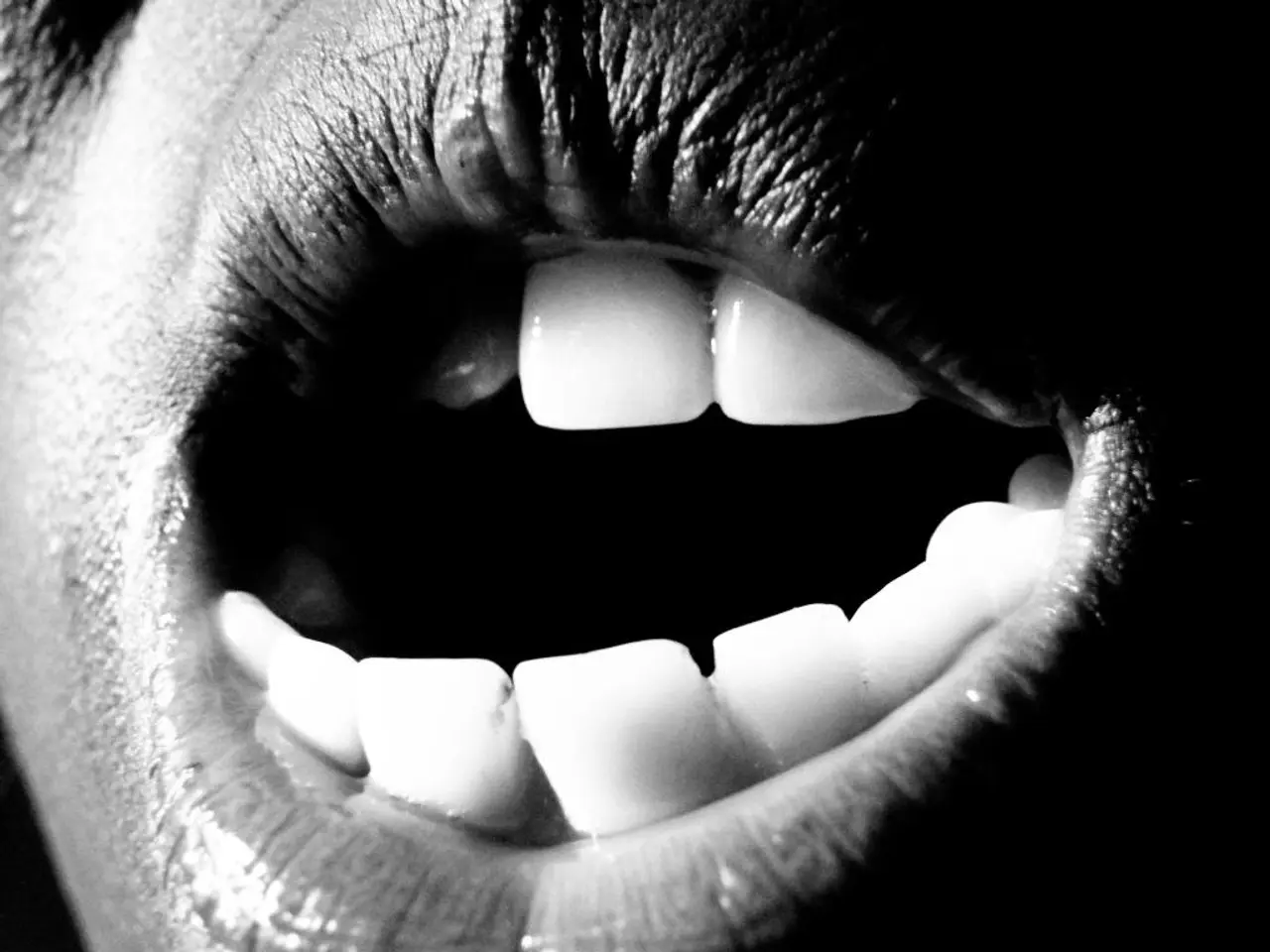Gum Recession Treatment Insights: Crucial Facts You Need to Understand
Gum recession, a condition where the gums pull back from the teeth, making them look longer, can be a serious dental concern. This article aims to provide a comprehensive overview of gum recession, its causes, prevention, and treatment.
A healthy lifestyle, including a balanced diet, quitting smoking, and regular dental checkups, can help prevent gum recession. However, various factors can contribute to this condition. Age, poor oral hygiene, medical conditions such as diabetes, brushing the teeth too hard with a hard toothbrush, sports injuries or trauma to the mouth, teeth grinding while sleeping, and certain medical conditions and factors like genetics and hormonal changes are all potential causes.
Periodontal disease, also known as gum disease, is a serious cause of receding gums. It is essential to maintain good oral hygiene, using a soft toothbrush, being gentle while brushing, and brushing at least twice a day for at least two minutes. Poor-fitting partial dentures can also contribute to gum recession.
Receding gums can lead to several problems, such as bad breath, swollen and red gums, a bad taste in your mouth, loose teeth, and a different bite. It can also make gums more susceptible to bacteria growth.
In a healthy mouth, the gums are pink, and the gum line is consistent around all the teeth. Gum recession tends to happen gradually and may not be noticeable from one day to the next.
Regular dental checkups and good daily oral care are essential for managing gum recession. A dental hygienist or dentist can usually diagnose receding gums right away. Treatment for gum recession depends on the cause. Changing brushing and flossing behaviors, using a daily mouth rinse, and occasional deep cleaning treatments called "scaling and root planing" may be necessary.
If gum recession is serious, a procedure called gum grafting may be necessary to restore lost gum tissue. This involves taking gum tissue from another part of the mouth or using synthetic material to cover the exposed tooth root.
The rising number of cases of gum recession (gingival recession) in Germany is not clearly explained by an overall improvement in dental health. Instead, multiple factors such as an aging population, periodontal diseases, and possibly lifestyle or medical conditions contribute to this trend. An improvement in general dental health alone does not account for the increase.
In conclusion, maintaining a healthy lifestyle and good oral hygiene practices can help prevent gum recession. Regular dental checkups are crucial for early detection and treatment of the condition. If you suspect gum recession, it is essential to consult a dental professional for proper diagnosis and treatment.
Read also:
- Abu Dhabi initiative for comprehensive genetic screening, aiming to diagnose over 800 conditions and enhance the health of future generations in the UAE.
- Elderly shingles: Recognizing symptoms, potential problems, and available treatments
- Exploring the Reasons, Purposes, and Enigmas of Hiccups: Delving into Their Origins, Roles, and Unsolved Aspects
- Various forms of cataracts include nuclear, pediatric, traumatic, and additional types







